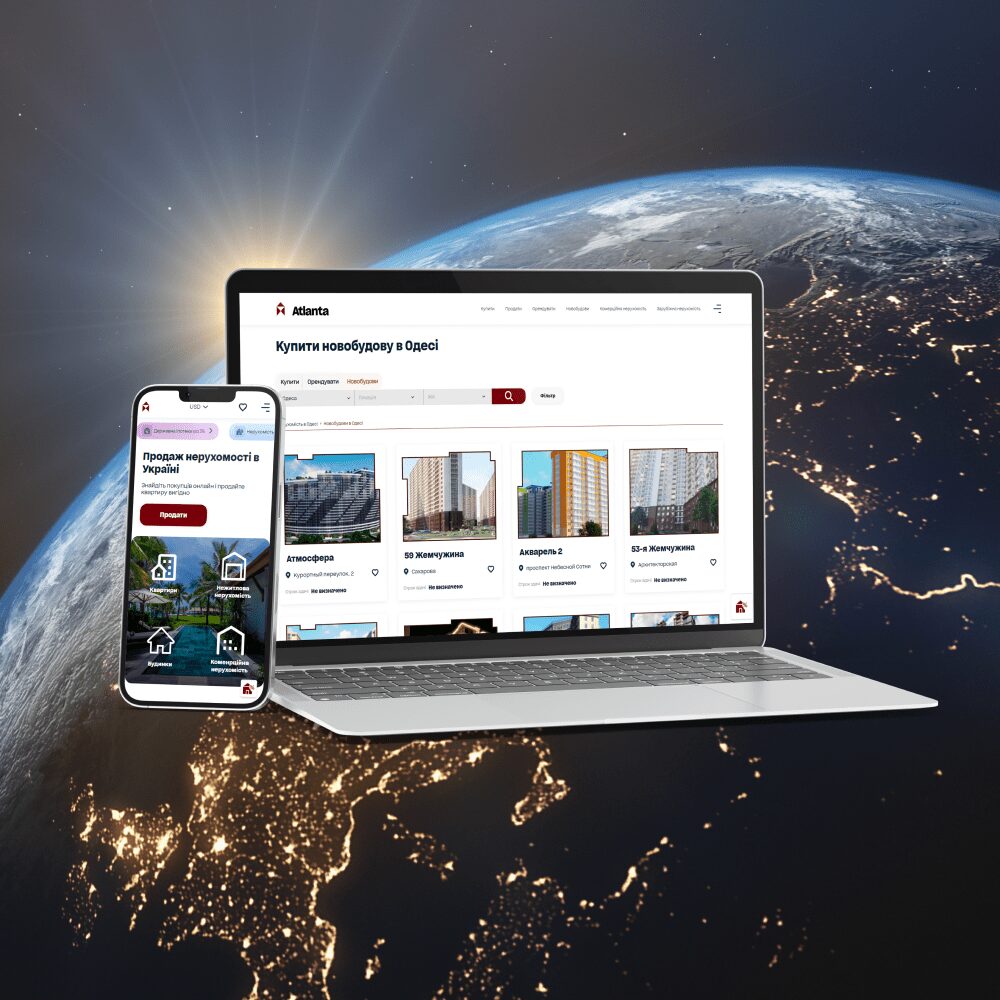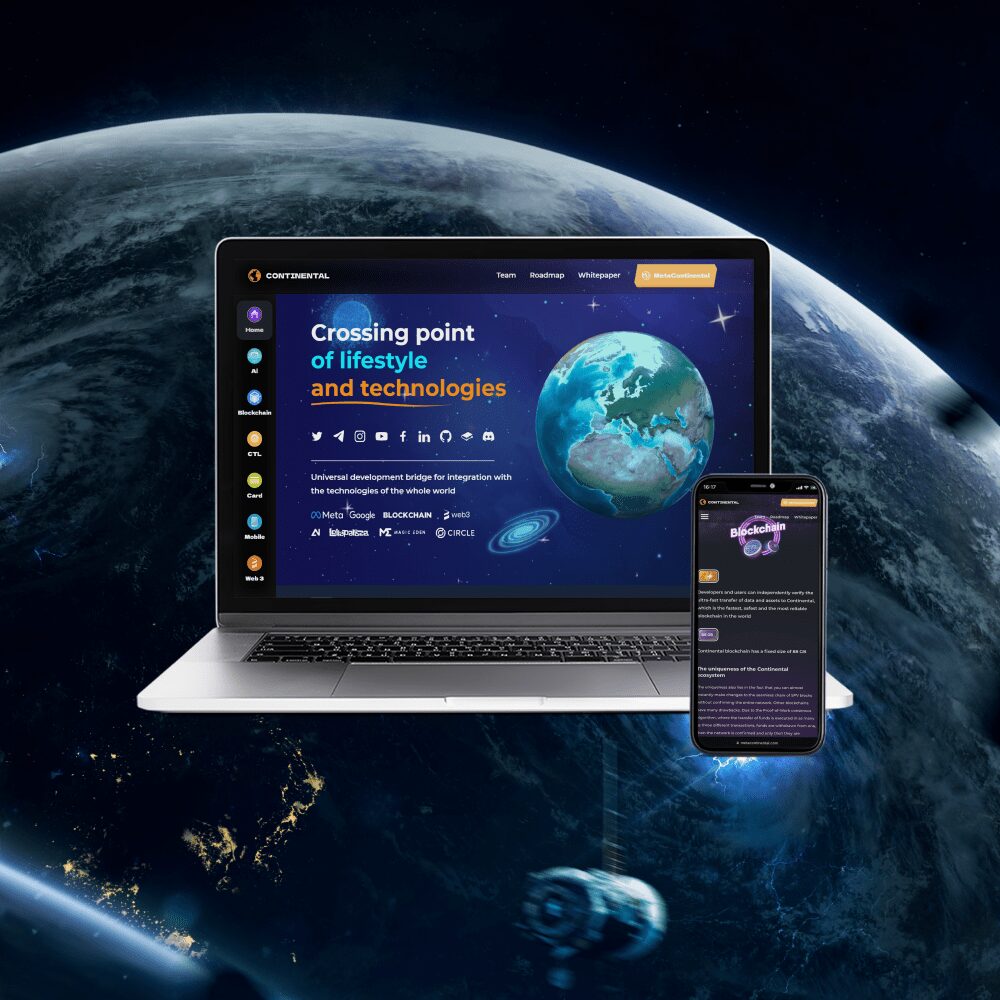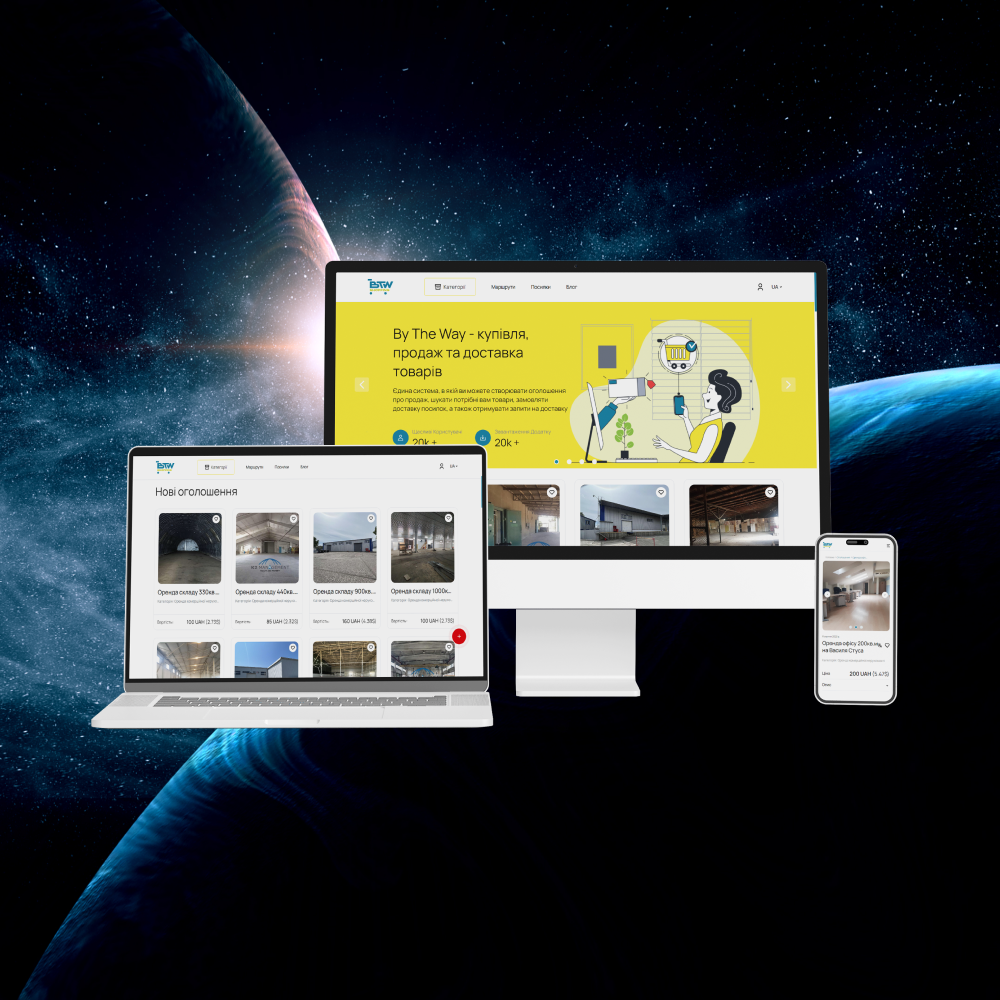What does mobile app development consist of: the main stages and necessary skills
Mobile App Development
Android & IOSMobile App Development Android & IOS
Modern business cannot do without mobile solutions that provide convenient and prompt interaction with customers. This material examines in detail the main aspects of creating such solutions: from defining goals and developing a prototype to testing and entering the market.
We will discuss popular categories of solutions, stages of their development and the importance of choosing a qualified team. We will also touch on monetization models that will help effectively promote the product and attract users.
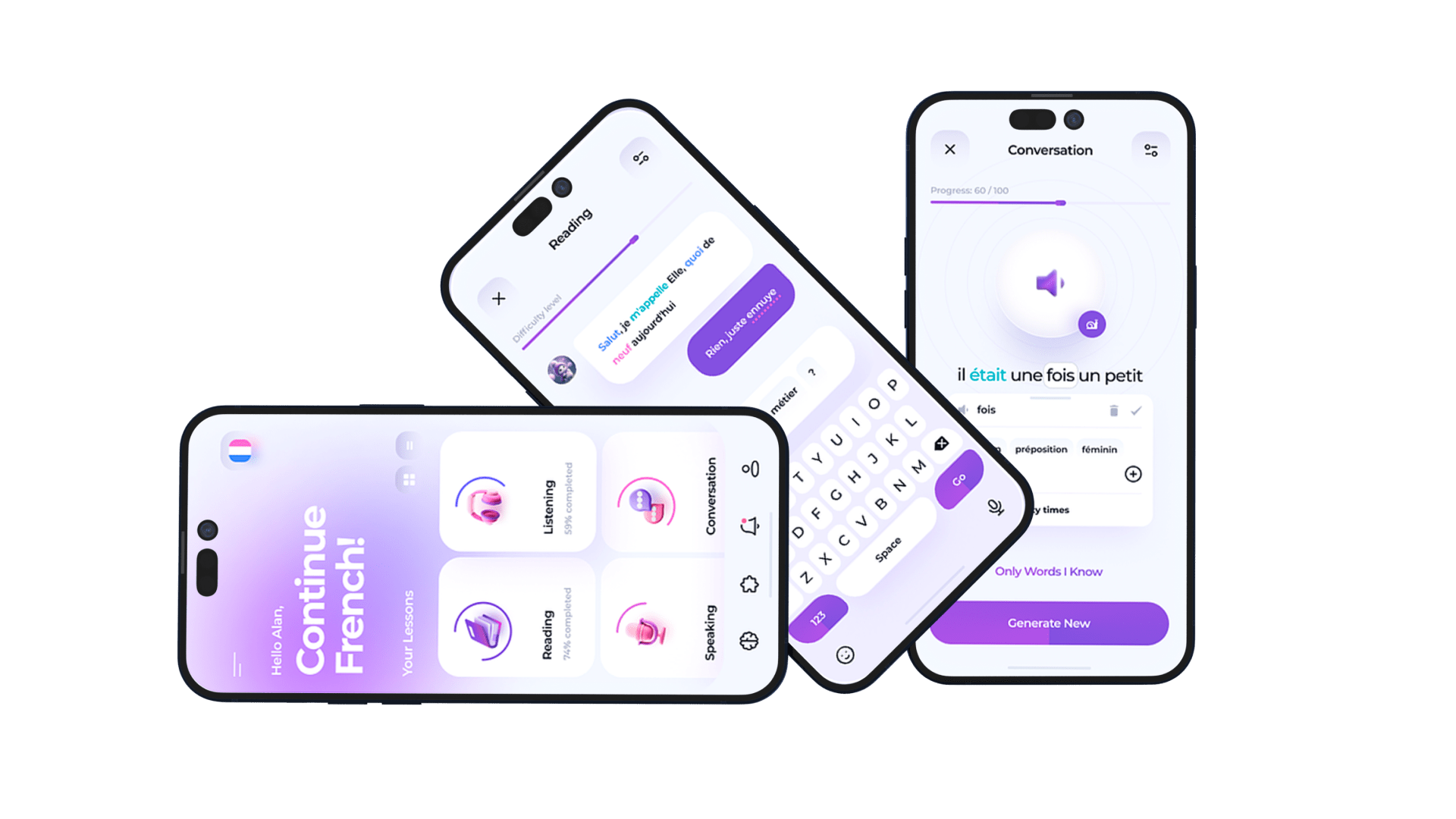
What is a mobile solution and how does it work?
CategoriesWhat is a mobile solution and how does it work? Categories
It is critical for entrepreneurs to stay up-to-date with current marketing trends. From retail and telecommunications to e-commerce, insurance, healthcare and government, organizations in all industries strive to meet user expectations by offering convenient and fast ways to conduct transactions and access information.
Today, mobile devices and the utilities created for them are becoming the main means of connecting people and businesses to the Internet. In order to always be connected, relevant and successful, organizations must not only have a well-designed website, but also be adapted for mobile devices. Therefore, the development of applications for mobile devices is becoming a strategic decision for businesses, regardless of the stage of development of the enterprise.
As of today, there are 5 main categories:
- Business tools occupy a significant market share due to their high practicality. They facilitate the implementation of daily tasks and interaction between team members. So you can control the execution of tasks, set a timer for sending emails and record important meetings in the calendar using one program. Trello, Slack and Todoist have become famous in this area.
- For mobile commerce. This type provides customers with convenient access to goods and services, while offering a simple and secure payment method, from debit cards to the blockchain system, which creates optimal conditions for making purchases. OLX, Uber, Multiplex, Ukrzaliznytsia and Nova Poshta have become famous in this category.
- Entertainment. They provide the ability to share video content and images, chat, search for events or enjoy online content. Here you can find such popular platforms as Instagram, Netflix and YouTube.
- Utilities. Many of these tools are seamlessly integrated into our daily lives. We use them regularly, often without realizing it. Typical examples are barcode scanners, health trackers.
- Gaming or GameDev. This is one of the most popular categories in the field of mobile technologies. Companies are increasingly investing in the creation of games, since this market is very profitable. Among the most successful games, we can highlight such hits as 2048, Subway Surfers and Angry Birds.
Regardless of what request the client addresses to the specialist, all the nuances and stages of the project creation must be observed.
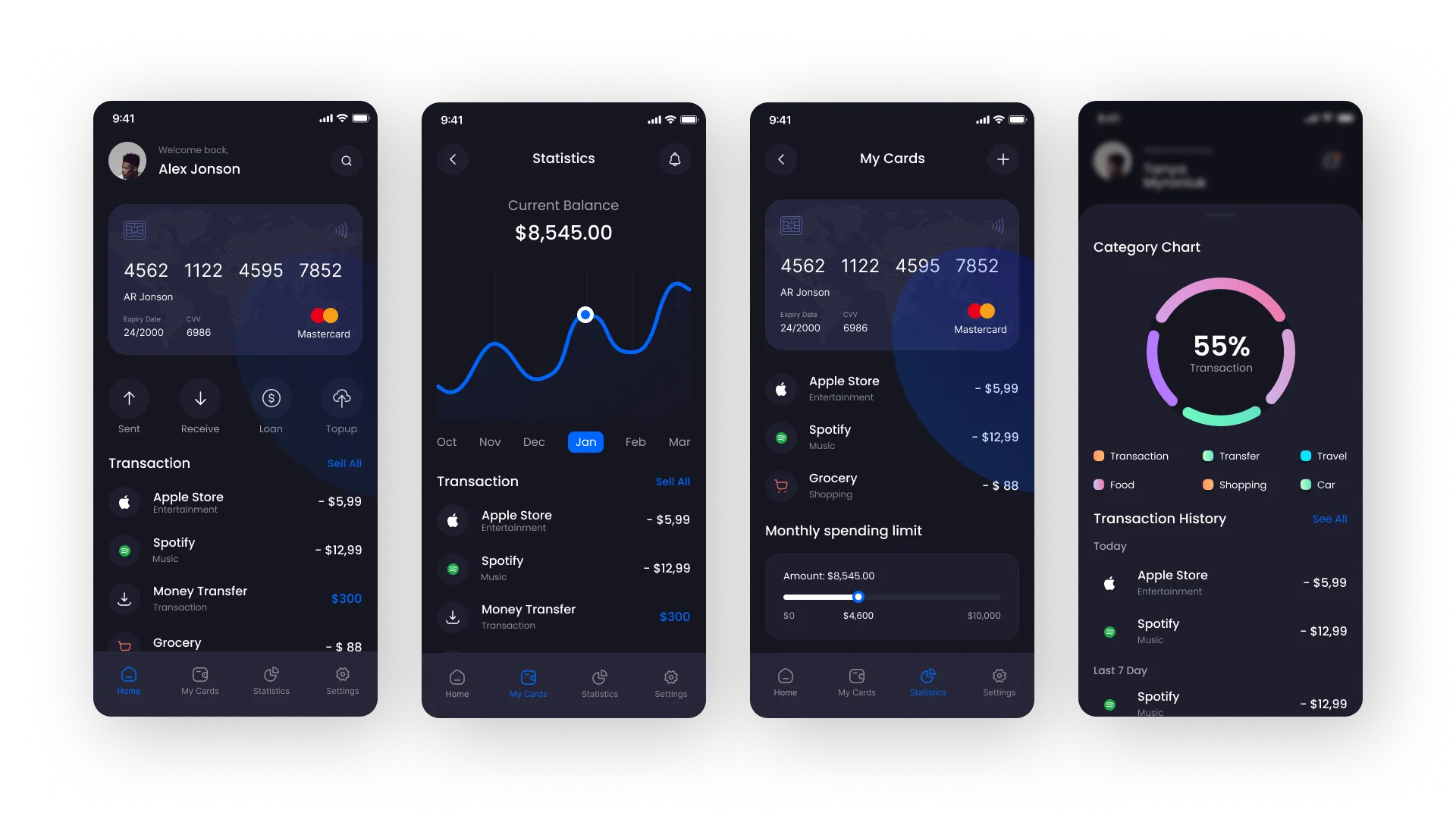
Application development: important stages of the process
Development stagesApplication development: important stages of the process Development stages
When discussing the main stages of mobile application development, it is necessary to approach the issue comprehensively and divide the task into separate components.
The procedure begins with setting the goals and objectives of the future project, as well as analyzing existing solutions on the market. This helps to identify the shortcomings of competitors and offer the target audience a unique selling proposition. The next stage is to determine the business model, budget and deadlines.
The key factor for success is the well-coordinated work of the team. The choice between attracting external specialists and using internal resources affects its composition, but regardless of the strategy, it is necessary to combine the efforts of the marketing, sales and IT departments to create a high-quality prototype focused on user needs and ensuring the security of the system. This lays a solid foundation for further development.
After creating a prototype, it is presented to stakeholders for feedback and adjustments. After testing the functionality and performance, the last shortcomings are eliminated, and the application is ready for the final launch. Such a methodical approach ensures the successful launch of the project to the market (App Store and Play Market).
Detailed analysis of each stage of the process
- Analysis. Also called stage zero by many. When a meticulous study of the requirements and goals of the project is carried out, but no action is taken. This includes market research, analysis of the target audience and competitive environment. The main focus is on identifying user needs and determining the possibilities for implementing the project. The analysis is carried out using methods such as SWOT analysis, PEST analysis, as well as various data analysis tools such as Google Analytics and SimilarWeb. This allows you to collect the information necessary to develop a strategy and determine the key parameters of the future application.
- After completing the analysis, the development of the technical specifications (TS) begins. Defining functional requirements, creating detailed specifications and coordinating the technical characteristics of the project. The project manager plays a key role in creating the TS, coordinating the team’s work and ensuring that the customer’s requirements meet technical capabilities. Based on the TS, a work plan is formed, which serves as a strategic element combining the main stages of mobile application development in one place.

Development stages
Development stages
- UX design and prototyping are important steps in creating a successful mobile app. This stage involves developing user interface designs and creating prototypes that demonstrate the main features of the app. Prototyping helps identify and resolve potential issues early in the development process, minimizing risks and streamlining the process. Tools such as Figma, Moqups, Sketch, and InVision are used to create prototypes, allowing the team to visualize and test ideas before coding begins.
- Design development begins with defining the key visual elements and structure of the user interface (UX/UI). This stage includes creating screen mockups, choosing a color scheme, typography, and other design elements. The main tools used at this stage include Adobe XD, Figma, and Sketch. The success of an app largely depends on the quality of the UX/UI design, which should provide an intuitive and enjoyable experience. A well-thought-out UX/UI design helps increase user loyalty and improve their experience. And most importantly, it ensures that the customer comes back for more interactions, and does not throw an icon from the menu screen into the trash.
- The development stage includes the process of writing code and creating the technical architecture of the application. Developers choose appropriate programming languages and frameworks depending on the target platform – Android, iOS or cross-platform solutions. Particular attention is paid to creating reliable and scalable code that ensures stable operation of the application on various devices and operating systems.
- Testing plays a key role in ensuring the quality of a mobile application. Since, as a rule, each new project has pitfalls that need to be eliminated. At this stage, various types of testing are carried out, such as functional, performance, stress testing, and security testing. Tools such as Appium, Selenium and TestFlight are used. Regardless of the language used to develop mobile applications, it is important to make sure that the mechanism works like a Swiss watch. The testing process includes identifying and fixing errors, as well as optimizing the performance of the application to ensure its stable operation. Thanks to thorough testing, it is possible to minimize the number of bugs and ensure high quality of the product.
- The release of the application includes preparation and publication on the most popular platforms – the App Store and Google Play. Here you need to start from the platform’s recommendations so that the project does not get left behind and reaches the masses, successfully passes the moderation and approval process. The application submission process includes the preparation of metadata, screenshots, icons and descriptions, as well as compliance with data security and privacy requirements. Timely release and correct fulfillment of all conditions allow the application to quickly enter the market and become available to users.
- Further technical support and development of the project. After the release, the stage of application support and updates begins. This includes monitoring the application’s operation, fixing errors, optimizing performance and implementing new features based on user feedback. Regular updates and improvements help the application remain competitive and meet the needs of both users and the ever-dynamic market.
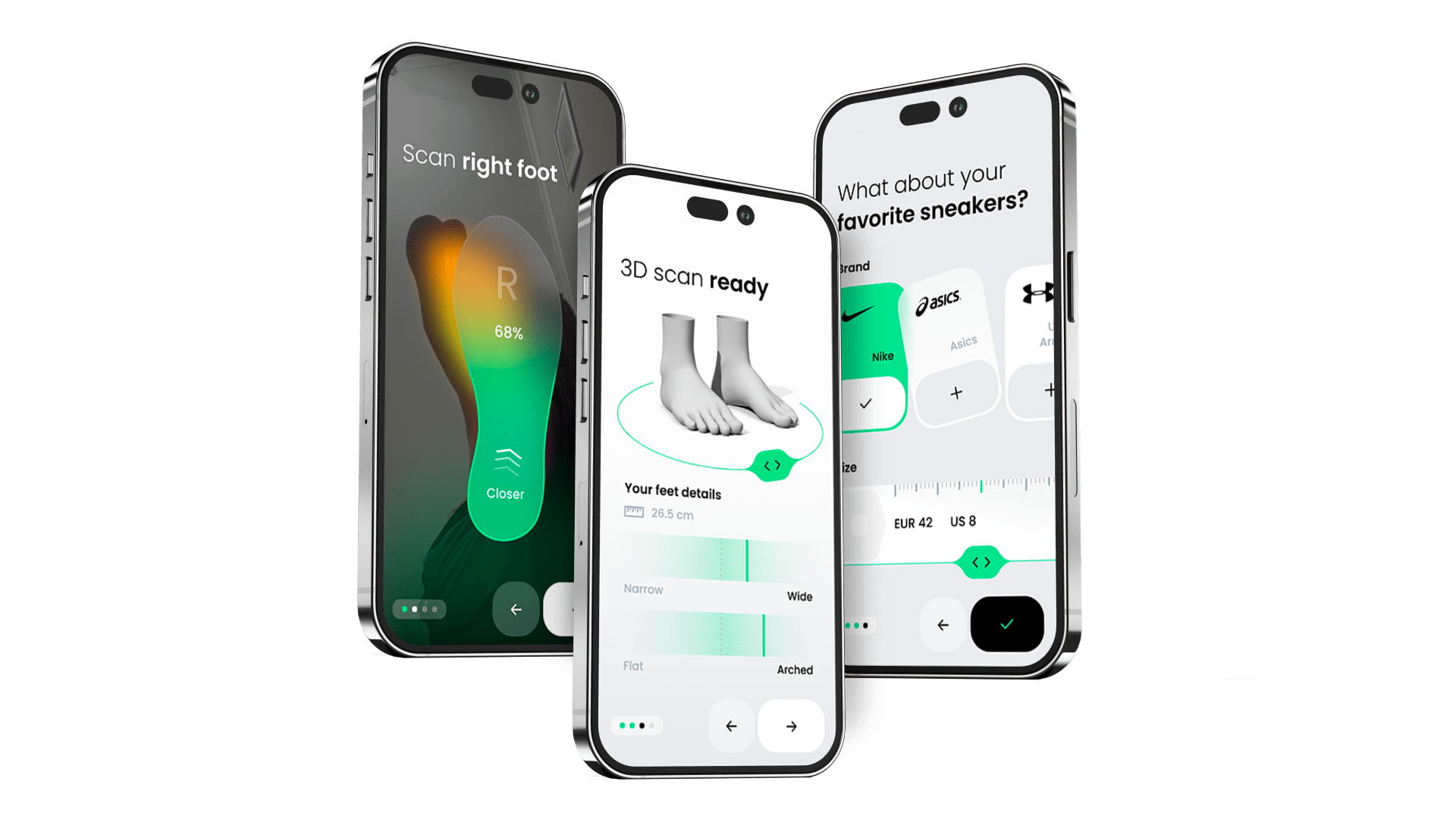
Specifics of monetization
Monetization modelsSpecifics of monetization Monetization models
Whether it is a game or a business optimization tool, increasing financial capital is always a good idea for a company. You can either combine or use the following methods separately:
- The freemium model has become a leader and remains one of the most popular. In this approach, a digital solution provides limited access to its functions for free (a kind of demo version), and to get full functionality, users must upgrade to a paid plan. This model is widely used by services such as Spotify and Netflix, and allows you to attract users to the free version and then convert them into paying customers.
- Another method is pay-per-download. It assumes that users pay for installation. This approach may be less effective for new applications without an established reputation, since many users prefer to test the software solution first before buying.
- In-app purchases are a popular strategy, especially for games. Users can purchase additional “lives”, treasure boxes, features or bonuses, which creates a constant income stream and maintains interest in the development.
- A subscription is a regular payment for access to the full content of the application. It can be monthly or annually, which provides a stable income. For example, as Latifundist, VOGUE, Forbes, Golos Ukrainy magazines do.
- M-commerce and in-app advertising models offer the integration of purchases and advertising materials. M-commerce allows you to make purchases directly through the device, improving the user experience and loyalty. Tools include banners and videos.
- Affiliate programs and sponsorships provide opportunities to earn money by promoting third-party products or collaborating with brands. Affiliate programs include receiving commissions for promoting products, and sponsorships – for advertising.
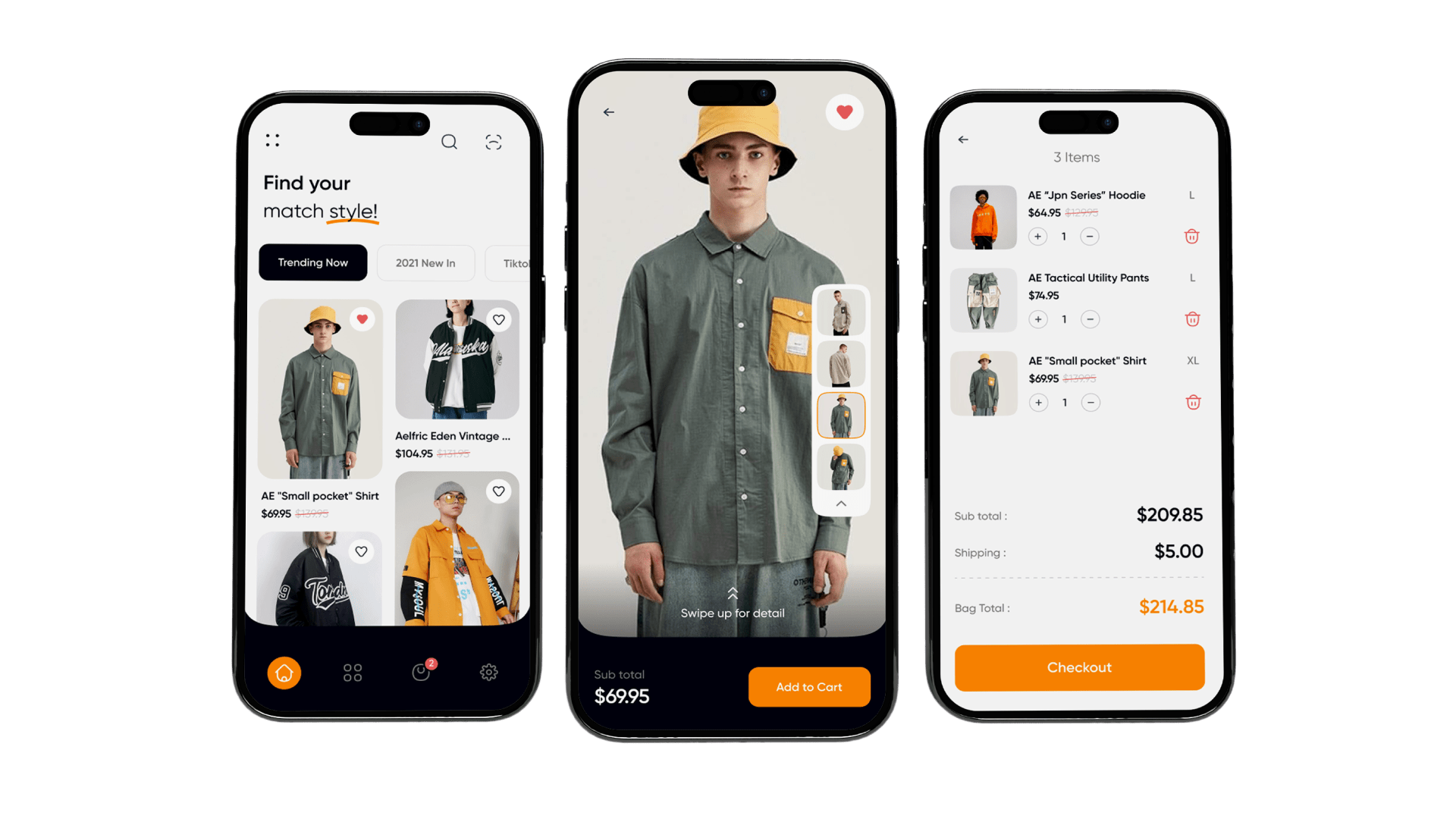
Which specialists are on the development team?
Team for developmentWhich specialists are on the development team? Team for development
At first glance, a mobile solution seems to be something simple and basic. But behind it is a whole galaxy of IT specialists creating digital synergy. The main roles in the development of a mobile application include specialists in different fields:
- Project manager. Organizes and coordinates all stages of development, ensures interaction between the team and the client, and monitors deadlines and budgets.
- UX/UI designer. Despite the rapid popularization of artificial intelligence, only the human eye can make a design aimed primarily at a living person. A specialist must be proficient in various tools, such as Figma, Photoshop, and Sketch, to visualize their projects.
- Backend Developer. Knowledge of programming languages such as PHP, Java, and Python, and experience with server technologies are necessary for the stable operation of the application.
- A frontend developer focuses on the visual elements and interface of the application, using HTML, React, Vue, CSS, and JavaScript. His main task is to create a responsive design and ensure the functionality of interfaces using modern frameworks.
- A quality control engineer tests the solution for compliance with specifications and standards.
Why you should turn to professionals
Development at AVADA MEDIAWhy you should turn to professionals Development at AVADA MEDIA
(Ua) Розробка мобільних додатків — це комплексний процес, що включає безліч етапів і методологій, від аналізу ринку та проєктування UX-дизайну до бекенд-розробки та тестування. В умовах стрімкого розвитку технологій і потреб користувачів, що змінюються, успіх проєкту вимагає від розробників не тільки глибоких технічних навичок, але і вміння швидко адаптуватися до нових викликів.
By choosing AVADA MEDIA, the client can be sure that his application will meet modern standards, providing high quality user experience.
Fresh works
We create space projectsFresh works
The best confirmation of our qualifications and professionalism are the stories of the success of our clients and the differences in their business before and after working with us.
Our clients
What they say about usOur clients What they say about us
Successful projects are created only by the team
Our teamSuccessful projects
are created only by the team Our team
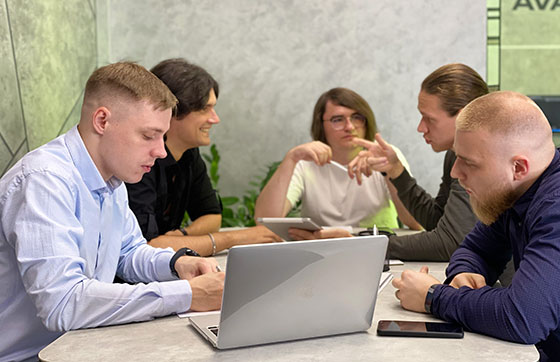

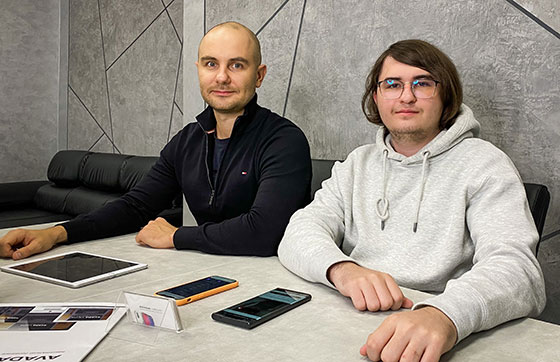

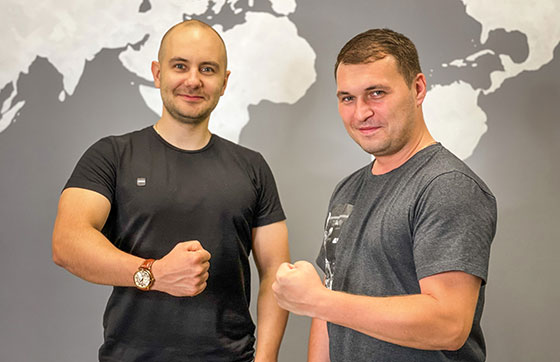





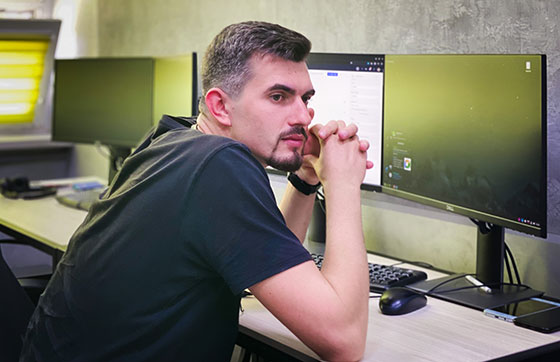

Contact the experts
Have a question?Contact the experts Have a question?
-
Phone:+ 38 (097) 036 29 32
-
E-mail:info@avada-media.com.ua


